| Plant Habit: | Herb/Forb |
| Life cycle: | Perennial |
| Sun Requirements: | Full Sun |
| Water Preferences: | Mesic Dry Mesic Dry |
| Minimum cold hardiness: | Zone 3 -40 °C (-40 °F) to -37.2 °C (-35) |
| Maximum recommended zone: | Zone 9b |
| Flowers: | Showy |
| Flower Color: | Bi-Color: Yellow to orangy-yellow |
| Bloom Size: | 1"-2" |
| Flower Time: | Late spring or early summer Summer Late summer or early fall |
| Uses: | Medicinal Herb Cut Flower Will Naturalize |
| Dynamic Accumulator: | Ca (Calcium) Mg (Magnesium) Fe (Iron) |
| Wildlife Attractant: | Bees |
| Resistances: | Drought tolerant |
| Propagation: Seeds: | Sow in situ Other info: may become invasive |
| Propagation: Other methods: | Cuttings: Root Other: may become invasive |
| Pollinators: | Bees |
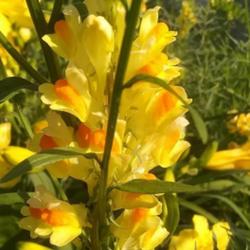
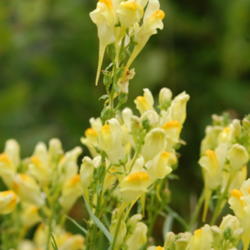
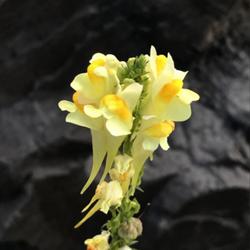
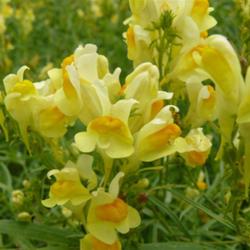
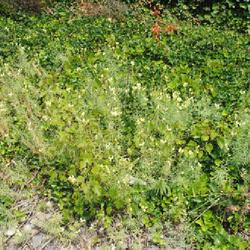
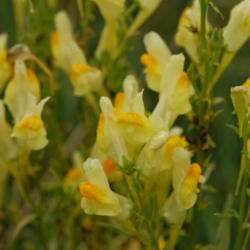
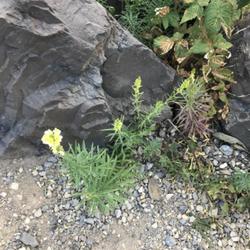
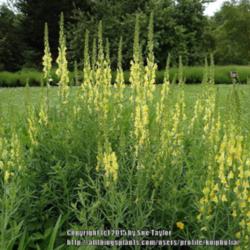
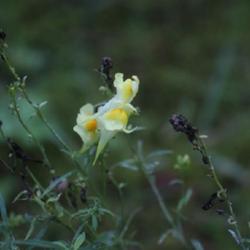

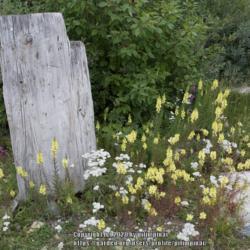
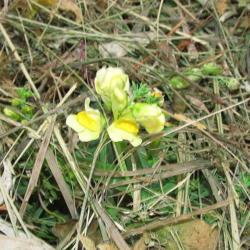
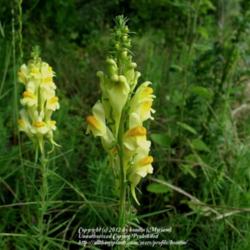
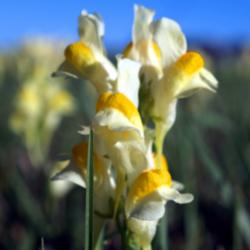
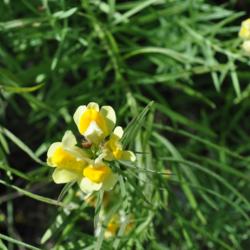
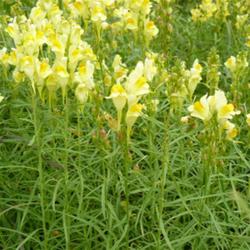
| Thread Title | Last Reply | Replies |
|---|---|---|
| Impudent Lawyer? by eclayne | Jun 1, 2012 7:08 PM | 3 |